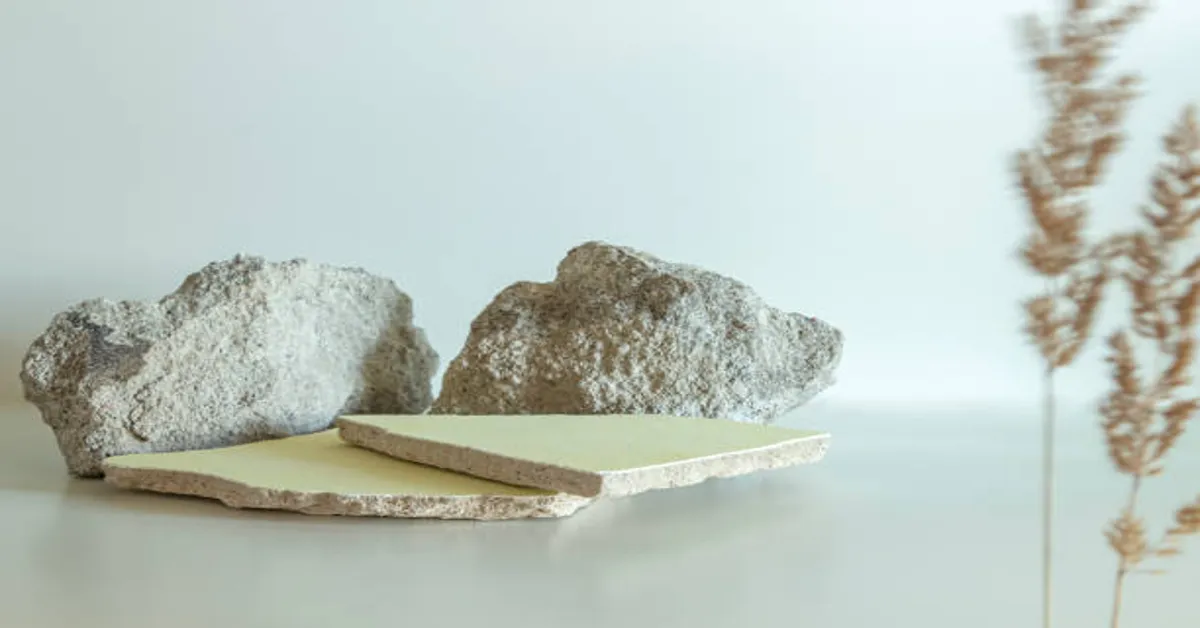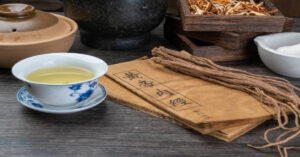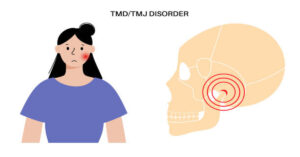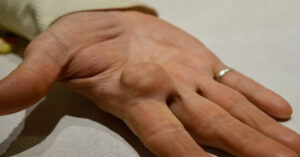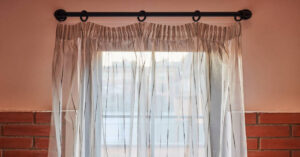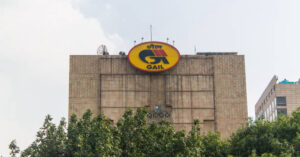“Limpa Pedra,” translated literally as stone cleaner in Portuguese, is a widely used chemical solution designed for cleaning, restoring, and maintaining natural and artificial stone surfaces. It is particularly popular in Brazil, where houses, sidewalks, and commercial areas are often finished with stones such as granite, marble, slate, São Tomé, and others. Over time, these materials accumulate dirt, grease, mold, moss, and stains caused by weather exposure, foot traffic, and pollution. Limpa Pedra emerges as a practical, strong, and efficient solution to restore the original appearance of stones, ensuring surfaces look brighter, newer, and free from unwanted residues.
Unlike general-purpose cleaning agents, Limpa Pedra is specifically formulated with acidic compounds that react with embedded grime, cement residues, and organic growth. This makes it effective not only in homes but also in public spaces, industrial floors, and monuments. However, its effectiveness comes with a caveat: improper handling may damage delicate stones or pose health hazards to users. Therefore, understanding how Limpa Pedra works, where it can be applied, and how to use it safely is essential.
Composition and Working Mechanism
The cleaning strength of Limpa Pedra lies in its acidic formulation, often containing hydrochloric acid (HCl) or similar acidic agents combined with surfactants and stabilizers.
- Hydrochloric Acid: The primary ingredient that reacts with alkaline residues like cement dust, mortar stains, and lime deposits.
- Surfactants: These help in loosening greasy dirt, making the solution penetrate porous surfaces more effectively.
- Stabilizers: Added to control the reactivity of the acid and extend shelf life.
When applied to stone, Limpa Pedra chemically reacts with mineral deposits, soap scum, and hardened dirt, dissolving them and making it easier to rinse them away with water. This action explains why the product is highly effective for removing cement residues after construction, rust stains, or moss growth in humid environments.
Types of Stones and Compatibility
Not all stones are suitable for Limpa Pedra. While it works wonders on some surfaces, others may be damaged by its acidic composition.
| Stone Type | Reaction with Limpa Pedra | Recommended? |
|---|---|---|
| Granite | Generally safe, restores shine | Yes |
| Slate (Ardósia) | Effective, but needs dilution | Yes, diluted |
| São Tomé Stone | Works very well, common use | Yes |
| Basalt / Volcanic Rock | Handles well, restores color | Yes |
| Marble | Very sensitive, may corrode | No |
| Travertine | Highly porous, gets damaged | No |
| Ceramic Tiles | Removes cement residues | Yes |
| Porcelain Tiles | Use cautiously, short contact | Conditional |
This table highlights a critical aspect: acid-sensitive stones like marble and travertine must never be cleaned with Limpa Pedra, as the acidic reaction can cause permanent etching and loss of polish.
Common Applications
- Post-Construction Cleaning
After renovations or new builds, stone surfaces often have cement splashes, grout haze, and dust residues. Limpa Pedra is one of the most effective solutions to clear these without labor-intensive scrubbing. - Outdoor Flooring
Sidewalks, patios, and driveways accumulate grease stains, mud, moss, and algae. Limpa Pedra dissolves these impurities and restores brightness. - Wall Cladding
Many houses feature stone façades. Over time, pollution and rain cause darkening and discoloration. A carefully applied Limpa Pedra solution restores the stone’s natural tone. - Swimming Pool Edges
The areas around pools, usually covered with São Tomé stone, are prone to mold and sunscreen stains. Limpa Pedra effectively sanitizes and lightens these surfaces. - Public Monuments and Squares
In public environments, constant exposure to pollution leads to blackened stones. Limpa Pedra is often used during maintenance and restoration projects.
Benefits of Using Limpa Pedra
- Deep Cleaning Power: Penetrates porous stone, removing embedded dirt.
- Restoration of Original Appearance: Restores brightness and natural tones.
- Cost-Effective: Saves money compared to replacing stained stone.
- Time-Efficient: Works faster than traditional soap-and-water scrubbing.
- Versatility: Suitable for indoor and outdoor use.
Risks and Safety Concerns
While Limpa Pedra is powerful, its acidic nature presents risks.
- Health Hazards:
- Inhalation of vapors can irritate the respiratory tract.
- Direct contact causes skin burns and eye irritation.
- Prolonged exposure can lead to chemical burns.
- Material Damage:
- Overuse can erode the surface of softer stones.
- Leaving the product too long can cause discoloration.
- Environmental Impact:
- If rinsed improperly, the chemical runoff may harm plants, soil microorganisms, and aquatic life.
Safe Usage Guidelines
- Protective Gear: Always wear gloves, protective glasses, and if indoors, ensure proper ventilation.
- Dilution: Follow manufacturer instructions for dilution. Stronger isn’t always better; excessive concentration may damage stones.
- Pre-Testing: Apply the product on a small, hidden area to check compatibility.
- Application Process:
- Sweep or wash off loose dirt.
- Apply diluted Limpa Pedra with a brush or mop.
- Let it act for a few minutes without drying.
- Rinse thoroughly with plenty of clean water.
- Storage: Keep in original containers, away from children, food, and flammable materials.
Alternatives and Eco-Friendly Solutions
Although Limpa Pedra is effective, some homeowners prefer gentler alternatives.
- White Vinegar and Water Solution: Mild acid suitable for light stains.
- Baking Soda Paste: Works for grease removal on less porous stones.
- Steam Cleaning: An environmentally friendly method for moss removal.
- Eco-Friendly Commercial Stone Cleaners: Available with biodegradable formulations.
While these alternatives may not match the strength of Limpa Pedra, they are safer for delicate stones and the environment.
Conclusion
Limpa Pedra is a powerful, specialized cleaner designed for natural and artificial stones, particularly effective in removing construction residues, moss, mold, and stubborn stains. It remains a trusted solution for homeowners, builders, and maintenance professionals due to its ability to restore surfaces to their original beauty. However, its acidic strength requires caution. Using protective gear, diluting correctly, and ensuring compatibility with stone types are essential to avoid health risks and material damage.
For those who prioritize environmental and health safety, alternatives such as vinegar solutions or steam cleaning can be considered for lighter cleaning needs. Ultimately, Limpa Pedra serves as both a valuable ally in stone maintenance and a reminder of the importance of responsible chemical handling.
ALSO READ: Mata Mato: A Deep Exploration into Meaning, Culture, and Relevance
Frequently Asked Questions (FAQs)
1. Can Limpa Pedra be used on marble countertops?
No. Marble is highly sensitive to acids, and Limpa Pedra can permanently etch and dull the surface.
2. How often should I clean my stone floor with Limpa Pedra?
It should be used only when deep cleaning is necessary, such as post-construction or heavy staining. For regular cleaning, mild detergents are safer.
3. Is Limpa Pedra safe around pets and children?
Only if used with extreme caution. Ensure areas are fully rinsed and dried before allowing pets or children back.
4. Can it remove rust stains from stone?
Yes, Limpa Pedra is effective against rust due to its acidic composition, but testing a small area first is recommended.
5. What should I do if Limpa Pedra accidentally touches my skin?
Rinse immediately with plenty of water and seek medical attention if irritation persists.

